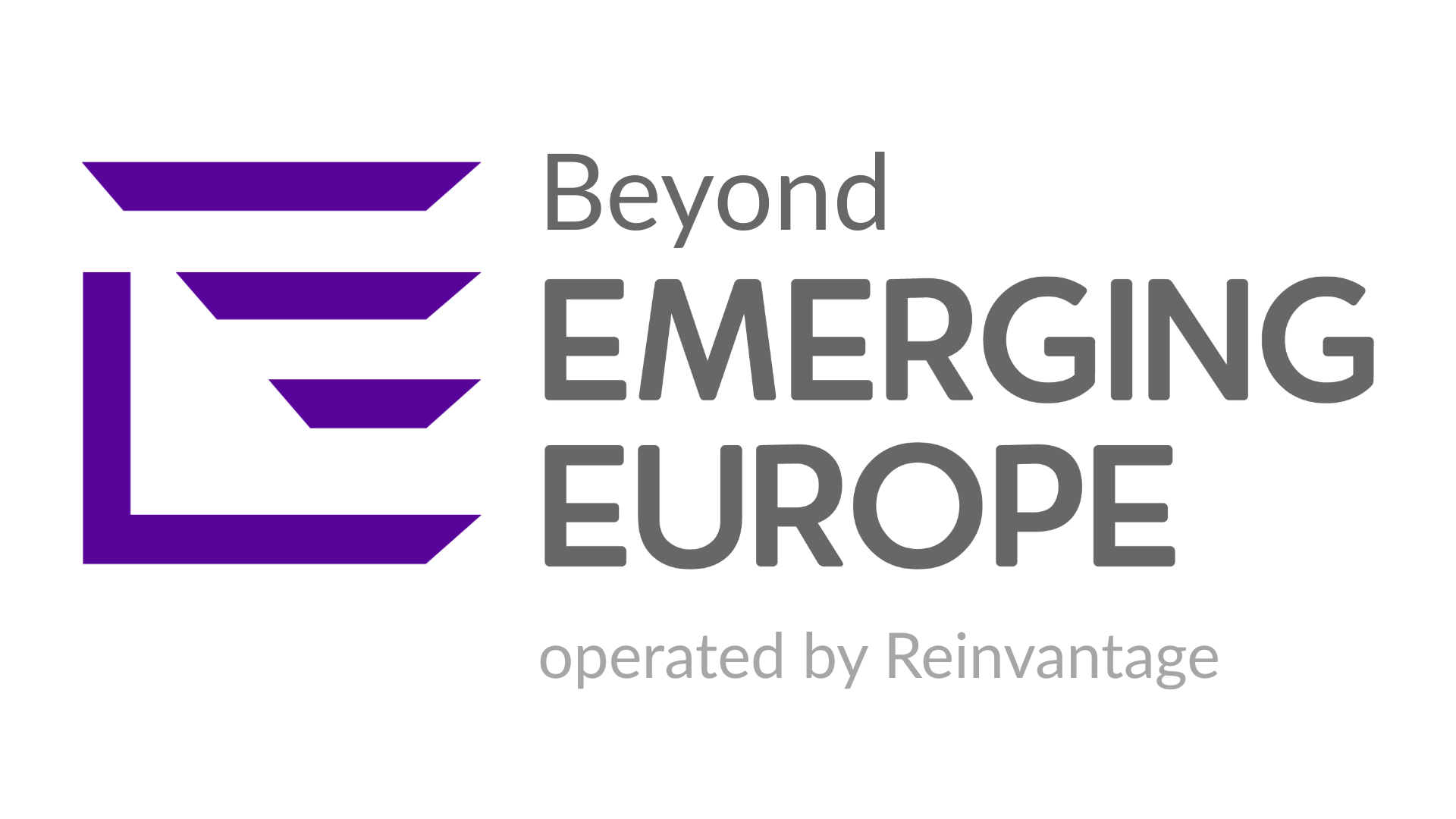After weathering recent global challenges with a steady 3.6 per cent growth in 2024, economies across Europe and Central Asia now face a sharp slowdown to 2.5 per cent growth in the coming years. But there are opportunities for countries willing to make bold reforms.
The World Bank’s latest Economic Update for Europe and Central Asia projects regional growth to decline to 2.5 per cent in 2025-26, down from 3.6 per cent in 2024. This slowdown stems from weaker external demand and reduced growth in Russia.
Despite global challenges, the region maintained 3.6 per cent growth in 2024, supported by strong private consumption, robust real wage increases, higher remittances, and increased consumer borrowing. These factors helped offset weakened external demand from the European Union.
Inflation rose to five per cent year-on-year by February 2025, up from 3.6 per cent in mid-2024, driven by higher food and services prices. This prompted several central banks to raise policy rates or delay monetary easing.
Regional outlook
“While countries of the Europe and Central Asia region were able to maintain steady growth last year, global uncertainty, geoeconomic fragmentation and weak expansion among key trading partners are making it more challenging to sustain this growth,” says Antonella Bassani, World Bank Vice President for Europe and Central Asia.
“To achieve stronger economic expansion over the long term, it is crucial for the countries in the region to accelerate domestic structural reforms that foster a dynamic and innovative private sector, entrepreneurship and technology adoption.”
The growth outlook varies by sub-region. Central Asia remains the fastest-growing area but will slow to 4.7 per cent in 2025-26 due to weaker oil sector expansion in Kazakhstan and declining exports and remittances. In the South Caucasus, growth is projected at 3.5 per cent in 2025-26 as benefits from trade intermediation and capital inflows diminish.
Trade policy uncertainty and increased barriers are affecting other areas of the region. The Western Balkans is expected to moderate to 3.4 per cent in 2025-26, whilst Central Europe should improve only slightly to 2.7 per cent. In Russia, growth is forecast to fall to 1.3 per cent during 2025-26. Türkiye is likely to see a modest improvement to 3.3 per cent in 2025-26, remaining below long-term trends as economic rebalancing continues.
Ukraine’s growth is likely to decrease to two per cent in 2025 before recovering to 5.2 per cent in 2026 conditional on the cessation of military hostilities.
Accelerating growth: Focus on private sector dynamism
The report emphasises that middle-income countries in the region must develop more dynamic economies to achieve high-income status. Countries that have successfully made this transition did so through entrepreneurial dynamism and innovation.
“Innovation and experimentation in business are essential for boosting productivity and a prerequisite for achieving and sustaining high-income status,” says Ivailo Izvorski, World Bank Chief Economist for Europe and Central Asia.
“Middle-income countries in the region can reach high-income status if firms grow, innovate, and compete. While every country needs its own approach to reignite growth, spurring innovation and enabling business dynamism is crucial.”
Key recommendations
The report recommends several strategies to boost growth. It suggests targeting young, innovative companies rather than the entire SME sector, as these firms generate more jobs. Improving access to finance, especially long-term and risk capital, is crucial since the region lacks sufficient venture capital and equity finance options.
Strengthening competition is essential to allow dynamic firms to emerge. Currently, the region has too many small, low-productivity businesses and few large companies outside of state-owned enterprises, which often dominate markets and stifle entrepreneurial dynamism.
The report also advocates encouraging business innovation and technology adoption through better-targeted research and development incentives to help firms become more productive and innovative. Many firms in the region currently rely on resource reallocation and operate as production facilities for foreign companies instead of developing their own technologies.
Finally, investing in human capital is vital for attracting and retaining skilled workers and entrepreneurs, and creating opportunities for skills development through training.
Photo: Dreamstime.


Add Comment